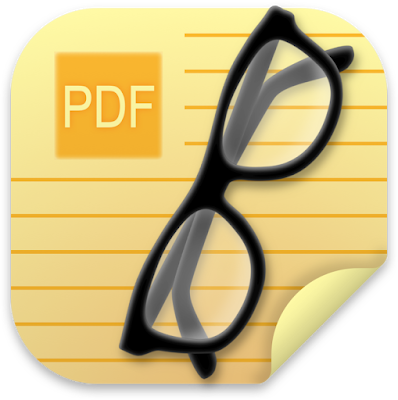Working with Markdown and PDF
Further to my previous post on Claude AI, since most of the GenAI tools (e.g. ChatGPT, Claude) present their default results in markdown, I have been looking for a reliable way to render the markdown.
Additionally, I want to be able to highlight, annotate and save the results for future reference.
I reviewed a number of PDF tools.
- Adobe Acrobat (too expensive)
- Foxit PDFExpert (doesn't handle PDFs generated from markdown too well; while trying to highlight, it keeps selecting two lines instead of one)
- PDFGear (great for structuring if you want to add bookmarks like I did for Saurabh Mahapatra's thesis on Adobe Experience Platform's Data Distiller, but not much else)
- Skim, the most unpretentious on the tools on the list. But it handles highlighting on PDFs generated from markdown just fine. But more importantly, it refreshes when I update the PDF from markdown.
My choice of Skim requires further elaboration. When I am researching a topic on Claude, I am constantly updating the markdown file where I am collecting all of Claude's insights. My goal is to produce a somewhat definitive PDF artifact at the end of my research. But while I am editing the markdown during my research, I want to see a rendered version of the markdown in real-time. For this I run a script using the Mac app called Hazel, which calls the md2pdf command line app as soon as it detects that a markdown file has been modified.
So, I can make a change to my markdown, tab over to Skim, and see the new rendering in near real-time. This helps me to ensure I like the end results, highlights (directly in the markdown, since making them in PDF would be pointless if the PDF is being regenerated with each markdown change), annotations, and all -- before I call it a day and close the research session.



Comments
Post a Comment